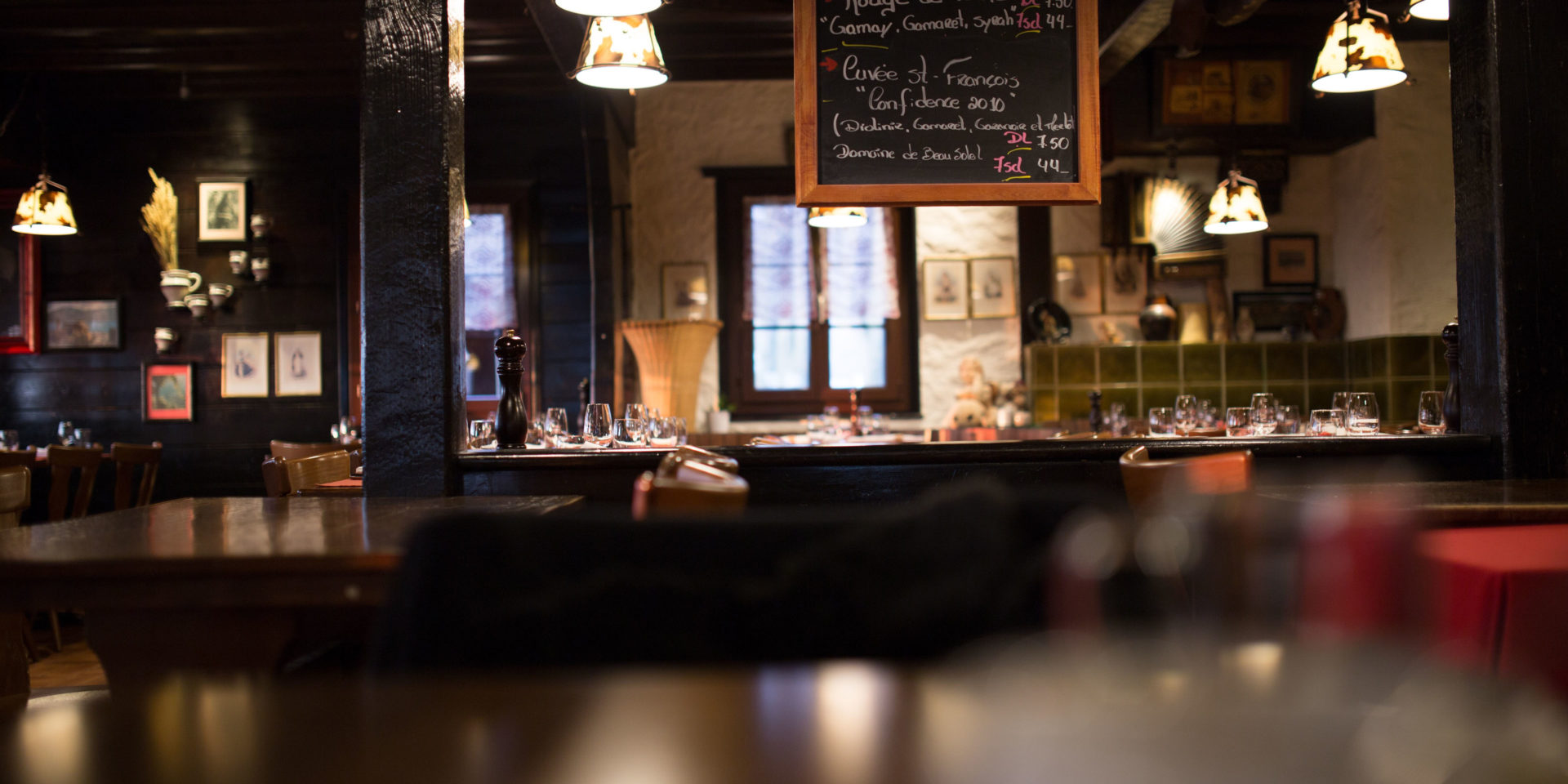
Navigating the truths of a profitable operation
Too often I hear stories from casino operators who lament that their food & beverage operation never makes any money, and why should they continue to fund a losing venture? But without a holistic view of your entire operation, making a singular decision may be dangerous. The days where a good steak dinner is given away in Vegas are all but gone, as casinos there have shifted the model yet again, and entertainment, defined by their 40 million annual visitors, is more than just gaming. These non-gaming outlets charge handsomely and become viable operations on their own. However, this may not work at a singular destination casino resort.
Deconstructing the incremental gaming revenue generated by having a food & beverage operation is difficult.
Many properties are lucky to break-even in F&B, and wonder if they just cut it back or cut it out, if they would be any better. One thing to realize is that players choose your casino because they feel comfortable. They know that they will be greeted warmly, their favorite game is there, parking is easy, and they can get something good to eat and drink. Once they have a need that is not met, they will leave to go find it on the outside, or worse, at your competitor.
Here are some key benefits that most are aware of when having appropriate non-gaming amenities at your casino:
- Bars and restaurants can keep a player in your casino for several more hours, adding to the cash-in value of their visit.
- Other amenities, such as golf, spas, gift shops, fuel, entertainment and F&B, create reasons for less serious gamers to enjoy your property, either in support of others or for diversity. There has been up to a 20% increase in visits due to non-gaming alternatives.
- Player development and casino hosts can utilize these amenities to incent and thank their guests for their loyalty and play.
- Tribal member work opportunities and diversification of skills, with more offerings increasing participation rates with TERO.
There are some inherent benefits that are less obvious, which might be even more important to consider. Casinos that have a balanced food and beverage operation can see significant growth in their incremental gaming revenue. These increases drop much more cleanly to the bottom line than non-gaming revenues.
Consider a casino that has 1,000 machines and three restaurants and bars. With a WPM of $85, the casino will generate $31MM annually, dropping approximately 55% to the EBITDA line. The F&B operation makes $10MM in revenue, but loses $500K.
Closing the restaurant might seem like an easy decision, except that losing 105% in F&B might be the best decision when you can generate gaming flow through at the rate above.
The traditional model of restaurant performance was always 30/30/30/10, which is that the cost of goods sold was 30%, 30% labor, 30% other, and netting a 10% profit at the bottom line. This is impossible today with labor costs running 45% or higher, requiring operators to be more creative on the food side, increasing menu prices and reducing other costs as best as possible. A 5% bottom line profit is the new successful restaurant story.
Another casino example to consider is one with an efficient host program, with reinvestment in players who keep their redemption dollars on property. Earning points and tiered levels of benefits for more loyal players creates a give-back program that doesn’t have a negative impact on the operation. With three levels of player categories, higher tiered players may get complimentary food at the buffet, paid for by their points, while others receive a discount with their points. Non-rated players and non-card holders pay retail.
The accounting for this action is a credit to the food department at an agreed-upon value, and a charge to the casino department (casino marketing, player development, or slots) as an expense. The billed department sometimes fights this as an expense that hurts their individual profitability. Some casinos’ leadership leaves the expense in F&B and tracks it separately to understand its effectiveness and evaluate player host usage. This method will show F&B as even less profitable. Either way, the casino’s overall profitability does not change.
Restaurants and bars are an essential part of a casino operation. Providing players with both “fuel” to keep playing and fine dining to celebrate a great experience, F&B and other services are needed for a well-rounded destination.
Comparing to casinos with less non-gaming amenities shows lower WPM and lower growth in stay times and repeat visits. For these reasons, losing your shirt in F&B might just be the correct formula for growing revenue in your casino and in overall performance.







